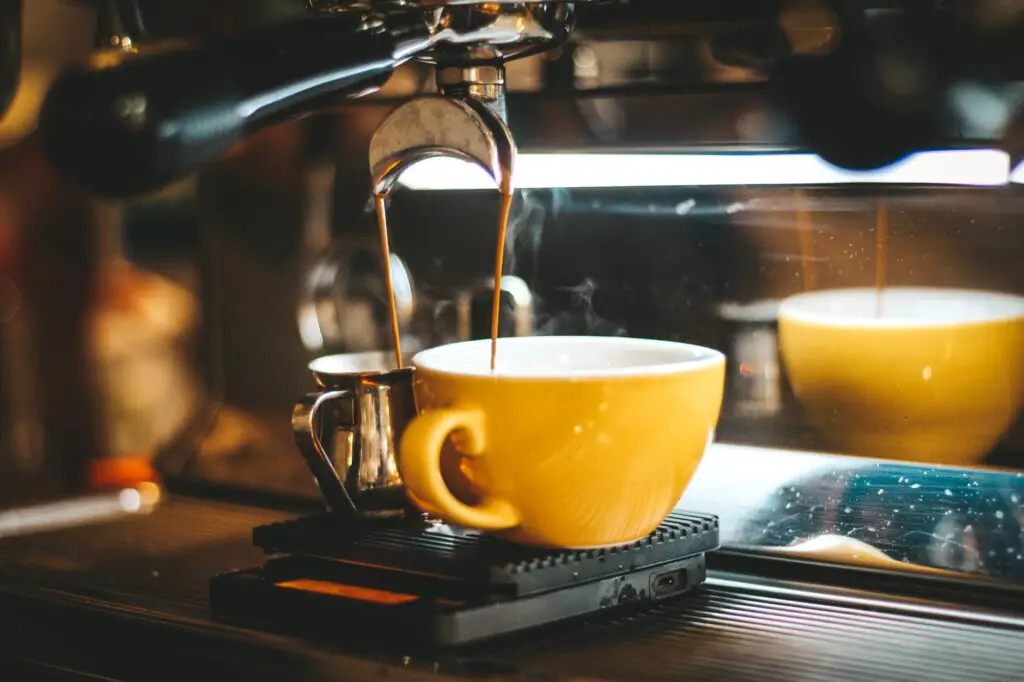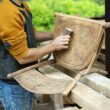Table of Contents Show
Coffee is a favorite drink for a lot of people, so it is no surprise that a lot of people own coffee makers in their homes. With the availability of a coffee maker in your home, you do not have to worry about going anywhere to purchase it. You also have the liberty to make your coffee to your taste.
Coffee makers are designed to brew coffee with heated water, while this is easy to make, a lot of people have considered the option of brewing their coffee with milk. It is okay to do this? Can you use milk instead of water in a coffee maker? Find out what we know about this.
No, you should not brew your coffee with milk in the coffee maker. You are allowed to only brew your coffee in the coffee maker, with water. This is because milk can cause a lot of damage to your coffee maker and your coffee.
It’s a good thing you’re creative and eager to try new things and find more efficient ways to accomplish your goals.
While this may appear to be a fantastic idea, you should not carry it out. Since water can better extract the taste, aroma, and caffeine from your raw coffee, the coffee maker is specifically designed to brew your coffee with only water.
What Happens When I Brew Coffee With Milk?
Several things could go wrong if you brew your coffee with milk. Find out below;
- Because of how the coffee maker is made, milk will not be able to extract the amount of taste, aroma, and caffeine that water will extract. Using milk to brew your caffeine can make your coffee develop a bad texture; the milk will also make the taste of the coffee diminish.
- Using a coffee maker to brew milk can result in scorched milk. This occurs as a result of the lipids and protein found in milk. Unless you take special precautions to clean the coffee machine, it can be difficult to get rid of the scorched milk. The burnt milk will attract bacteria that will continue to grow in the coffee machine if you do not clean it thoroughly. These bacteria can cause a variety of health issues, particularly in the digestive tract, such as diarrhea and vomiting.
- Using milk instead of water to make coffee can damage your coffee machine. Because the coffee maker is only meant to hold water, any other beverage will be impossible to fit. Milk is likewise denser than water and thickens at high temperatures. The thickened milk will clog the machine and cause some of the machine’s vital elements to stop working, eventually leading the coffee maker to stop working.
- Milk contains fats and proteins, and due to this, when you brew coffee in a coffee maker with milk, it will thicken on time and most importantly, leaves residues in the coffee maker. Because of the way the coffee maker is designed, it will be harder to clean it or get rid of the residues.

Can You Put Milk In An Espresso Machine Instead Of Water?
Although both espresso and normal coffee makers make coffee, they do so in different ways. The espresso machine uses hot water (about 85 to 90 degrees Celsius) and a lot of pressure to force the water through the ground coffee.
Because of the architecture of the espresso machine, it is advisable not to substitute water with milk, as this might cause serious damage to the unit. The milk will not respond like water in the espresso due to the amount of pressure used.
Due to the high temperature, the milk will coagulate, the coffee will taste unpleasant and have a terrible texture, and the milk will clog the espresso machine.
The espresso machine has a milk frother feature, which is a plus. You no longer need to heat your milk in the pot to get it into the coffee; instead, use the milk frothers to steam the milk and achieve the delightful and foamy texture we all crave.
Using milk frothers will help you obtain the creamy coffee you want while also protecting your coffee maker.
Is Water The Only Liquid Allowed In The Coffee Maker?
You may use more than just water in your coffee maker. Coffee that has already been brewed is another beverage that you can use in your coffee maker. This is referred to as double brew.
If you have any leftover coffee, you can pour it back into the coffee maker and brew a fresh one with it instead of water. This may result in a stronger flavor and higher caffeine content, as well as a bitterer cup of coffee. Your coffee machine, on the other hand, is not at risk of being harmed.
You can reuse your previously brewed coffee as long as it does not contain milk.
Frequently Asked Questions
How Can I Make My Coffee Taste Less Bitter?
There is something you can do to make your coffee taste less bitter; you don’t have to toss it away or put up with it. The first step in removing the bitter flavor is to add more milk after brewing it. The stronger the caffeine taste, the more milk you put in your coffee. Also, make sure the milk you’re using has plenty of cream in it; this is the only way to mask the bitterness.
How Long Does Coffee Take To Brew?
How long your coffee brews for is dependent on the type of machine you are using. A regular coffee maker should only brew for about 5 minutes. Unlike some other coffee makers, the espresso machine brews for a very short period. With the espresso, your coffee will be ready in 30 to 40 seconds.
How Can I Get Rid Of Milk Residue In My Coffee Maker?
The first thing to do in cleaning your coffee maker is to unplug it, this will prevent any electric or water hazard. Then pour some warm soapy water into the accessible parts of the machine that has the milk residue, ensure you do this with care, so you do not damage your machine. You can then add some distilled vinegar to all the affected parts of the coffee maker.
Final Thoughts
It may seem like a good idea to make your coffee with milk rather than water, but you should not do so.
You risk obtaining a coffee with a terrible taste and texture, as well as scorched coffee and, eventually, a broken coffee maker.










